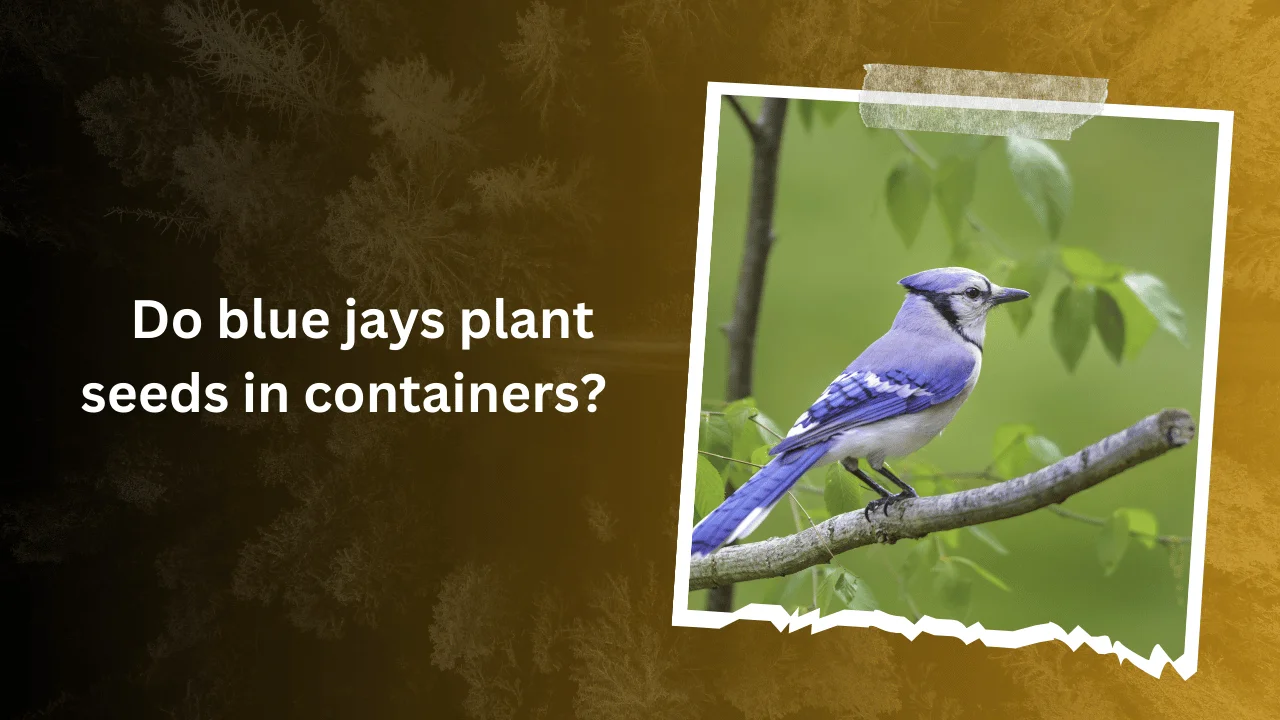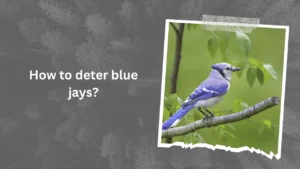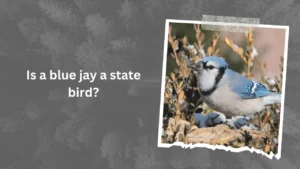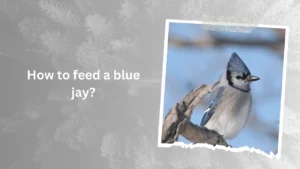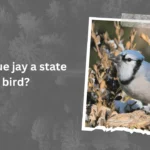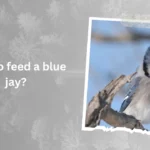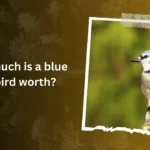Ever planted beautiful flowers or juicy vegetables in your container garden, only to find bare soil and shattered dreams a few days later?
You might not be the culprit behind your disappearing greenery – the charming blue jay could be the unexpected guest responsible!
These striking blue birds, with their bold personalities and loud calls, are a familiar sight in backyards and parks.
But beyond their impressive looks, blue jays play a fascinating role in the natural world as seed dispersers. They gather and store seeds, often burying them in the ground, helping plants spread and grow. However, their foraging instincts can wreak havoc on our carefully curated container gardens.
So, the question remains: are blue jays secretly planting gardens in your pots, or simply causing chaos? This blog post delves into the fascinating world of blue jay behavior and explores how these feathered friends interact with our container havens.
We’ll uncover the science behind their seed-caching habits, the impact they have on your gardening efforts, and most importantly, how to find a peaceful coexistence with these clever birds.
Buckle up, because we’re about to unravel the mystery of the missing seedlings and discover how to keep your container garden thriving, even with blue jays as curious visitors.
Contents
- 1 Blue Jays as Seed Dispersers
- 2 Blue Jays and Container Gardening
- 3 The Impact of Urbanization on Blue Jay Behavior
- 4 The Benefits of Blue Jay Seed Dispersal
- 5 Citizen Science and Blue Jay Research
- 6 Conclusion
- 7 FAQ’s
- 7.0.1 Why do blue jays dig in my potted plants?
- 7.0.2 How can I protect my container plants from blue jays?
- 7.0.3 Are blue jays beneficial to my garden?
- 7.0.4 How can I attract blue jays to my yard?
- 7.0.5 Can I coexist peacefully with blue jays?
- 7.0.6 How can I participate in citizen science to study blue jays?
Blue Jays as Seed Dispersers
Blue jays play a crucial role in seed dispersal, a vital ecological process that contributes to the regeneration of forests and woodlands.
As they forage for food, these intelligent birds often collect seeds and store them in hidden caches. This caching behavior helps to disperse seeds far and wide, promoting plant diversity and ensuring the survival of various plant species.
Several factors influence blue jays’ seed dispersal behavior. The availability of food sources, such as acorns, berries, and insects, can significantly impact their foraging activities.
Additionally, habitat quality, including the presence of suitable nesting sites and foraging areas, plays a role in their seed dispersal patterns. Climate conditions, such as temperature and precipitation, can also affect seed availability and the timing of blue jay foraging.
Blue Jays and Container Gardening
Blue jays are known to be attracted to container gardens due to the availability of various resources.
The presence of seeds, fruits, or insects in potted plants can draw these birds, especially during the breeding season when they require sustenance for their young. Additionally, container gardens may provide nesting materials, such as twigs and leaves, which can further entice blue jays.
However, while blue jays can be fascinating to observe, they can also cause damage to container plants. Their foraging behavior may lead to seed predation, as they may peck at seeds or seedlings, reducing germination rates.
They can also disturb the soil in containers, potentially uprooting young plants or scattering soil.
To deter blue jays from your container garden, you can implement several strategies. Using bird netting to cover your plants can effectively prevent access. Scarecrow devices, such as reflective tape or fake owls, can also deter birds.
Natural repellents, like citrus-scented sprays or strong-smelling plants, may help discourage blue jays from visiting your garden.
The Impact of Urbanization on Blue Jay Behavior
Blue jays have successfully adapted to urban and suburban environments, finding abundant food sources and suitable nesting sites. Urban areas often offer a diverse array of food options, including bird feeders filled with seeds, fruit trees, and ornamental plants.
Container gardens, in particular, can provide a valuable food source for blue jays, especially during the winter months when natural food sources may be scarce.
The role of container gardening in urban ecosystems is significant. By providing a variety of plants and seeds, container gardens can attract a diverse range of wildlife, including blue jays. The presence of these birds can contribute to a healthier urban ecosystem by promoting seed dispersal and natural pest control.
However, it’s important to balance the benefits of attracting wildlife with the potential for damage to our gardens.
The Benefits of Blue Jay Seed Dispersal
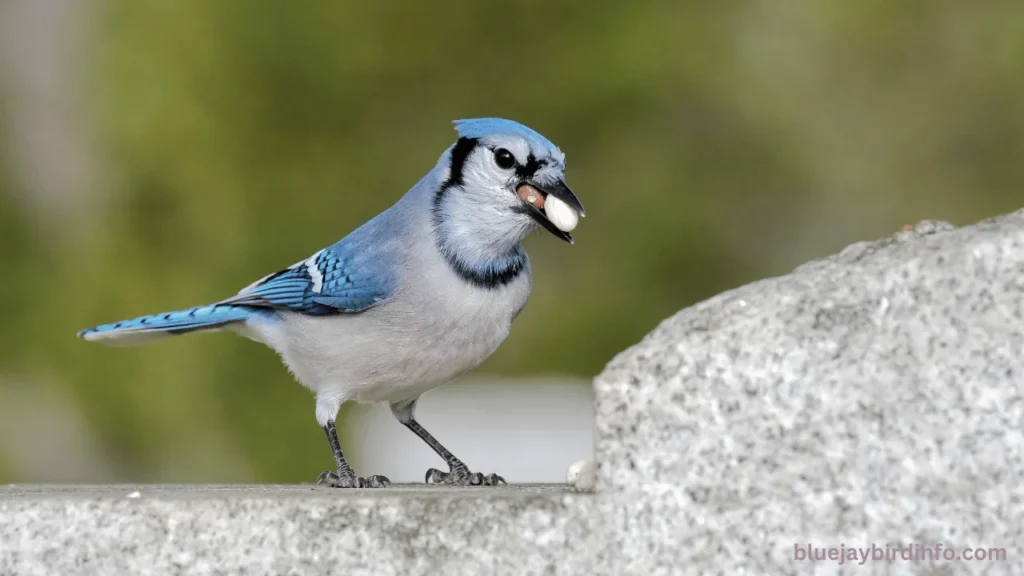
While blue jays can sometimes cause damage to container gardens, it’s important to recognize the positive impact they have on plant diversity and ecosystem health. By dispersing seeds far and wide, blue jays help to establish new plant populations and contribute to the overall biodiversity of an area.
In restoration ecology, blue jays can play a crucial role in reforesting degraded areas. By planting seeds in suitable habitats, these birds can help restore natural ecosystems and promote biodiversity.
To balance bird conservation with gardening, it’s essential to adopt sustainable gardening practices.
Using bird-friendly plants that produce seeds, such as native berries and sunflowers, can attract blue jays without causing significant damage to your garden. Additionally, employing bird-deterrent techniques can help protect your plants while minimizing harm to the birds.
Citizen Science and Blue Jay Research
By participating in citizen science projects, you can contribute valuable data to scientific research on blue jay behavior and ecology.
By observing and recording blue jay interactions with container gardens, you can help researchers understand their preferences, foraging habits, and impact on plant communities.
Data collection and analysis are crucial for understanding the complex relationships between birds and their environment.
By sharing your observations and participating in citizen science initiatives, you can help researchers identify patterns, trends, and potential conservation concerns.
Community science initiatives can foster collaboration between scientists, gardeners, and bird enthusiasts.
By working together, we can gain a deeper understanding of blue jay behavior, develop effective conservation strategies, and promote coexistence between humans and wildlife.
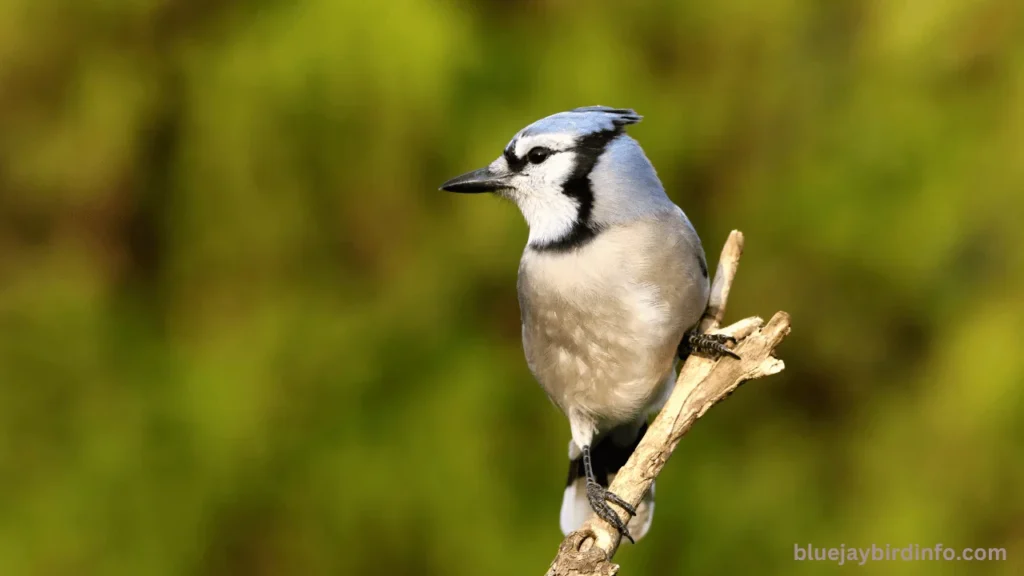
Conclusion
In conclusion, blue jays play a significant role in seed dispersal and ecosystem health. While they can sometimes cause damage to container gardens, it’s important to understand their behavior and take steps to minimize conflict.
By implementing bird-deterrent strategies and creating bird-friendly gardens, we can coexist peacefully with these intelligent and fascinating creatures.
As citizen scientists, we can contribute to our understanding of blue jay behavior by observing and recording their interactions with our gardens.
By sharing our observations and participating in community science initiatives, we can help researchers and conservationists protect these important birds and their habitats.
Let’s embrace the opportunity to coexist with nature, appreciating the intricate balance of our urban ecosystems and the vital role that blue jays play in them.
FAQ’s
Why do blue jays dig in my potted plants?
Blue jays are natural seed dispersers. They often mistake potting soil for suitable nesting material or a potential food source. They may also dig in the soil to search for insects or other invertebrates.
How can I protect my container plants from blue jays?
here are several strategies to deter blue jays from your container garden:
Bird netting: Cover your plants with fine-mesh netting to create a physical barrier.
Scarecrow devices: Use visual deterrents like scarecrow owls or reflective tape.
Natural repellents: Try using citrus-scented sprays or strong-smelling plants to discourage birds.
Plant selection: Choose plants that are less attractive to birds, such as those with tough, fibrous leaves or strong scents.
Are blue jays beneficial to my garden?
While blue jays can sometimes cause damage to container gardens, they also play a crucial role in seed dispersal and ecosystem health. By planting native plants that attract beneficial insects, you can create a balanced ecosystem that supports both wildlife and your garden.
How can I attract blue jays to my yard?
To attract blue jays to your yard, you can:
Provide a variety of bird feeders with different types of seeds.
Plant native trees and shrubs that produce berries and nuts.
Offer a clean water source, such as a birdbath.
Create a safe and inviting habitat by avoiding the use of pesticides and herbicides.
Can I coexist peacefully with blue jays?
Absolutely! By understanding their behavior and implementing appropriate strategies, you can enjoy the beauty of these birds while minimizing damage to your garden. By creating a balanced ecosystem and providing alternative food sources, you can encourage blue jays to forage elsewhere.
How can I participate in citizen science to study blue jays?
ou can participate in citizen science projects by:
Observing and recording blue jay behavior in your backyard or local park.
Submitting your observations to online platforms or local organizations.
Participating in community science initiatives and volunteering for bird surveys.

